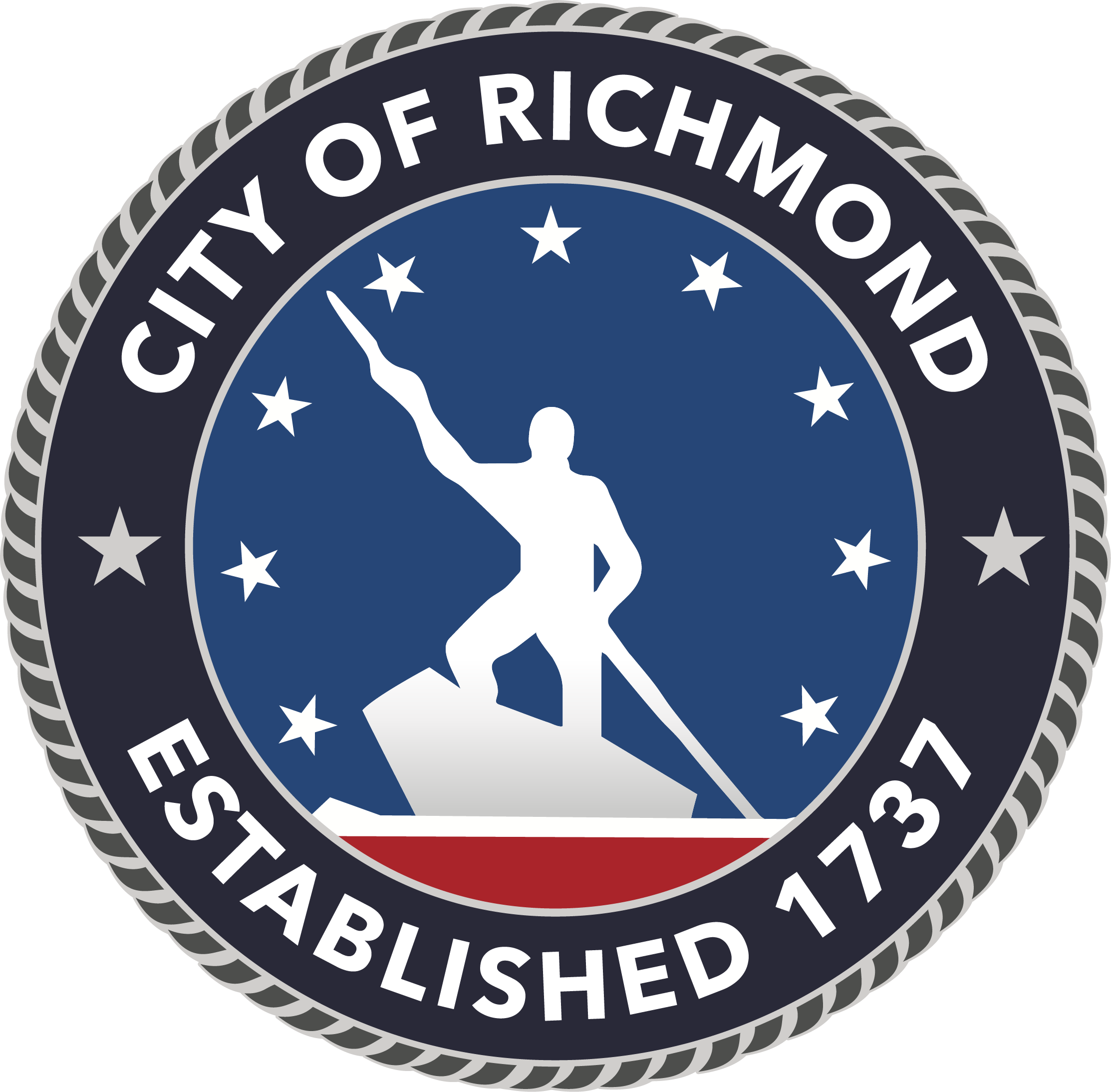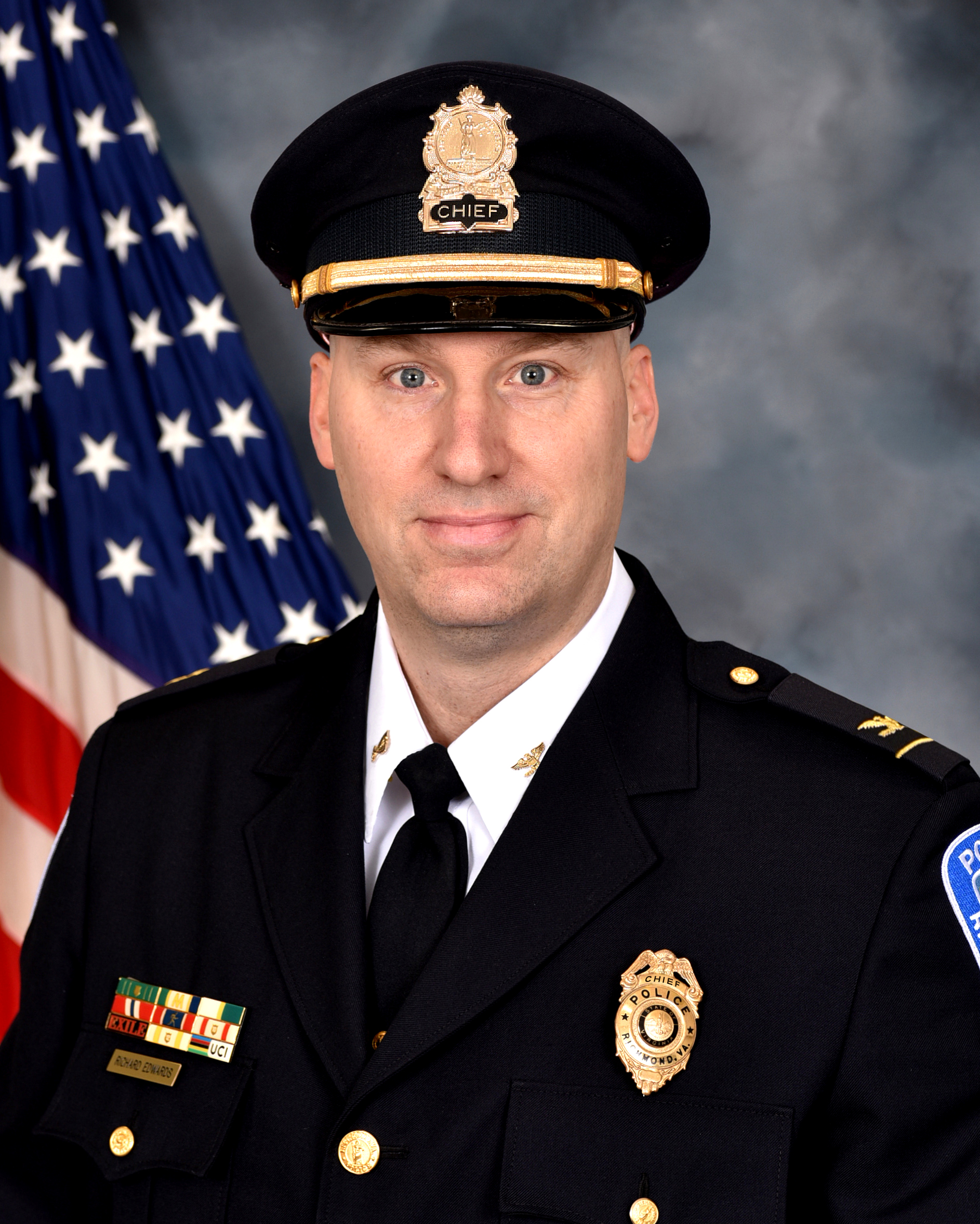Looking for an exciting career with RPD? Use the following phone number and email to connect with our Recruitment Unit.
Phone (804) 646-6733
Email re-richmondpolicerec@rva.gov
City of Richmond Police Department
Submit a Commendation or Complaint
Phone Numbers:
Emergency: 911
Call if you can, text if you can’t
Non-Emergency or to file a Police Report:
(804) 646-5100
FOIA Requests
Email: RPD.FOIA@rva.gov
Phone: (804) 646-5147
Media Relations
Email: Police Media Relations
Phone: (804) 646-0607
Address:
200 West Grace Street
Richmond, VA 23220
Process & application for becoming RPD officer?
Question About Your Police Application?
Need a Copy of a Police Report?
Report a crime or suspicious incident?
Safe Exchange Zones
Submit CrimeStoppers tip or call (804) 780-1000
Substance Abuse And Addiction Treatment Resources
What to do if your child has run away or is missing
View Crime Incident Information
View Internal Affairs Statistics
Still have questions?
Please email or call (804) 646-6842
History of the Richmond Police Department
- 1807: The Richmond Police Department officially was established as one of the first formally organized law enforcement agencies in the United States.
- 1816: Richmond built its first jail.
- 1828: Richmond built its first police station and second jail, both located at the intersection of 17th and Main Streets.
- 1840: Richmond built a second police station at 6th and Broad Streets.
- 1849: Officers were appointed from the wards in which they lived with recommendations from five outstanding citizens and the ward alderman.
- 1860: The Richmond Police Department employed eight officers and 35 watchmen to protect a population of 38,000 citizens.
- 1861: Virginia seceded from the Union. The president of the newly formed Confederate States of America, Jefferson Davis, established Richmond as the capital of the CSA Officers began wearing badges and were considered members of the militia.
- 1863: With the city's population swollen to almost 100,000 by the Civil War, the Richmond Police Department was overwhelmed. As a result, the Department was reorganized with 13 day officers, one of whom was designated the Chief of Police. The night watch was given one captain, three lieutenants and 40 privates.
- 1865: With the end of the Civil War, the federal government established martial law in Richmond and the Police Department was abolished.
- 1870: President Ulysses S. Grant allowed Virginia back into the Union. The Richmond Police Department was re-established under Major John Poe, generally considered the first Chief of Police. Thirteen officers were killed when a balcony at the state capital collapsed during a hearing to decide the legitimacy of Richmond's post-war government.
- 1895: Major John Poe died after serving for 25 years as Chief of Police. He was replaced by Major Benjamin Howard.
- 1898: The Police Benevolent Association was formed by the business community. It established a pension fund for officers.
- 1900: The Richmond Police Department had 101 officers on the payroll at the turn of the century. The Bertillion System of Fingerprint identification was introduced. Officers began patrolling on bicycles. Three patrol districts were established. Officers were required to report via call box every hour.
- 1904: Captain E.P. Hulce is named Chief of Police.
- 1905: Major Louis H. Werner became Chief of Police. The Department added its first motorized patrol wagon and began to research using dogs as a policing tool.
- 1910: The town of Manchester was annexed and the officers in the Manchester Police Department were absorbed into the Richmond Police Department along with a station house at 14th and Stockton streets.
- 1911: Police Headquarters moved out of City Hall and into a five story building at 11th and Broad. The move allowed for expansion of records and fingerprinting operations. Eight officers were assigned to permanent traffic posts. A "purity squad" was formed to address the problem of vice.
- 1914: Richmond annexed additional sections of Chesterfield and Henrico counties. Twenty five officers were added to the police force to address the extra load.
- 1916: The Board of Police Commissioners was abolished and the Department came under direct control of the mayor. The three-platoon system was implemented and officers' shifts were reduced to eight hours.
- 1918: Major R. B. Sowell becomes Chief of Police. Major Charles A. Sherry is appointed Chief of Police.
- 1919: City government was reorganized and a Department of Public Safety established. Police and Fire were now under the command of a Director of Public Safety.
- 1920: Prohibition went into affect and caused an increase in crime. The number of murders went from eight in 1920 to 37 in 1937.
- 1922: The Department hired its first two female police officers.
- 1924: Major Robert B. Jordan became Chief of Police.
- 1929: The Richmond Police Department had 252 officers.
- 1934: The Department bought its first mobile radios, greatly improving response times.
- 1937: The Crime Prevention Bureau was organized and later was renamed the Juvenile Division.
- 1938: The Police Academy was established at the Mosque and remained there until 1993 when the new academy was built adjacent to the campus of Virginia Union University.
- 1940: Major E. Hudson Organ became Chief of Police.
- 1941: The United States enters World War II. Horses were re-introduced to the force and heaters were installed in patrol cars.
- 1942: A large majority of Richmond's police officers were drafted. Auxiliary officers were hired to fill the void. Richmond annexed 17 square miles of Henrico and Chesterfield counties along with 20,000 new residents.
- 1946: Howard T. Braxton, Doctor P. Day, Frank S. Randolph and John W. Vann were the first African-American police officers hired.
- 1947: Colonel O. Dewey Garton became Chief of Police.
- 1952: The Police Department began using patrol wagons to transport prisoners and function as patrol vehicles.
- 1955: A school guard detachment was formed to provide safe crossing zones for children. Radios were purchased that allowed officers to talk to each other. A nighttime detective squad was formed along with a "decoy" unit of officers dressed as women.
- 1956: A canine unit was formed with four handlers.
- 1960: Colonel John M. Wright became Chief of Police.
- 1961: A Criminal Intelligence Squad was formed to identify organized criminal activity.
- 1964: Police Headquarters moved to the Safety, Health, and Welfare Building at 501 N. 9th St.
- 1967: Colonel Frank S. Duling became the 10th Chief of Police since the Civil War. He established a Police Community Services Unit and a Community Radio Watch program.
- 1970: Richmond annexed 23 square miles of Chesterfield County and 45,000 citizens. The Department hired 25 more officers to handle the load.
- 1971: A newly created Bureau of Emergency Communications took responsibility for handling calls for service. A helicopter squad was implemented.
- 1972: The Department established an Internal Affairs Division to investigate complaints against police.
- 1975: The Richmond Police Department became one of the first departments in the state to place female officers on uniformed patrol.
- 1977: The police decentralized all of its patrol functions and instituted a Neighborhood Precinct Plan.
- 1987: The Richmond Police Memorial Statue was unveiled in Festival Park.
- 1989: After serving 22 years as Chief of Police, Colonel Frank S. Duling retired. Colonel Marty M. Tapscott became the new Chief of Police.
- 1991: The office of the Director of Public Safety was eliminated. The Chief of Police reported directly to the City Manager.
- 1994: The homicide rate reached an all time high of 160.
- 1995: Colonel Jerry A. Oliver became Chief of Police. The Third Precinct building at the corner of Meadow Street and Grayland Avenues was completed.
- 1998: All Richmond patrol cars are equipped with computers.
- 2000: The Second Precinct was relocated to a more modern facility on Belt Boulevard.
- 2002: Headquarters moved to a renovated building at 200 W. Grace St. Colonel Andre Parker became Chief of Police.
- 2004: Richmond voters decided to go to a system of elected mayors. Under this system the mayor appoints the Chief of Police.
- 2005: Mayor L. Douglas Wilder appointed Rodney D. Monroe Chief of Police. Chief Monroe instituted Community Sector Policing which divided the city into 12 specific policing sectors.
- 2008: Mayor L. Douglas Wilder appointed Bryan T. Norwood as the Department's 16th Chief of Police.
- 2013: Mayor Dwight C. Jones appoints Ray J. Tarasovic as the Department's 17th Chief of Police.
- 2015: Mayor Dwight C. Jones appoints Alfred Durham as the Department's 18th Chief of Police.
- 2016: The Richmond Police Memorial Statue was moved from Festival Park to a new home just off of the Boulevard near the Carillon and Bird Park.
- 2019: Mayor Levar M. Stoney appoints William C. Smith as the Department's 19th Chief of Police.
- 2020: Mayor Levar M. Stoney appoints Gerald M. Smith as the Department's 20th Chief of Police.
|
Chief Rick Edwards2022 to Present |
Chief Gerald M. Smith2020 to 2022 |
|
||
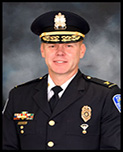
Chief William C. Smith2018 to 2020 |
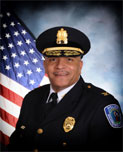
Chief Alfred Durham2015 to 2018 |
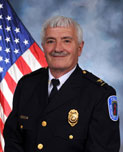
Chief Ray J. Tarasovic2013 to 2015 |
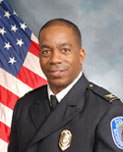
Chief Bryan T. Norwood2008 to 2013 |
|
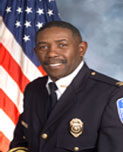
Chief Rodney D. Monroe2005 to 2008 |
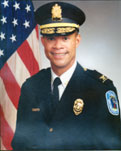
Colonel Andre Parker2002 to 2004 |
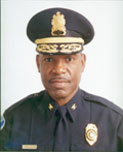
Colonel Jerry A. Oliver1995 to 2002 |
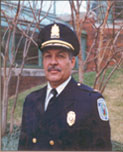
Colonel Marty M. Tapscott
|
|
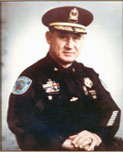
Colonel Frank S. Duling1967 to 1989 |
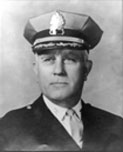
Colonel J. M. Wright1960 to 1967 |
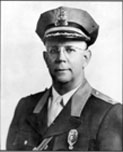
Colonel O. D. Garton1947 to 1960 |
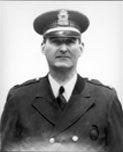
Major E. H. Organ1940 to 1947 |
|

Major R. B. Jordan1924 to 1940 |
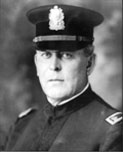
Major Charles A. Sherry1918 to 1924 |
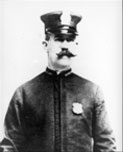
Major R. B. Sowell1918 to 1918 |
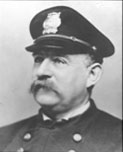
Major Louis Werner1905 to 1918 |
|
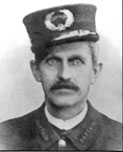
Captain E. P. Hulce1904 to 1905 |
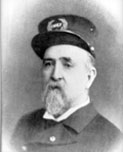
Major B.F. Howard1895 to 1904 |
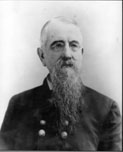
Major John Poe1870 to 1895 |

